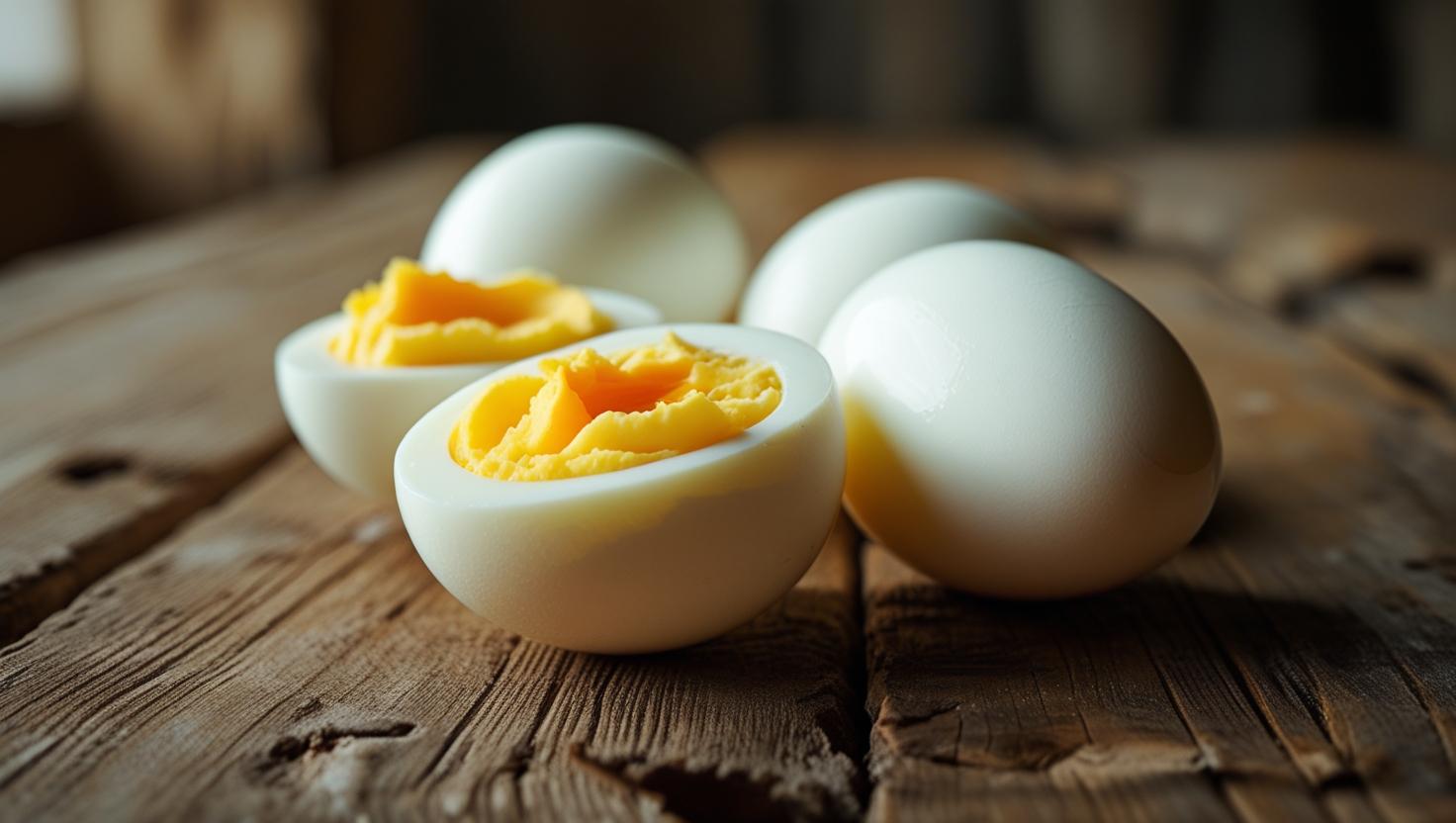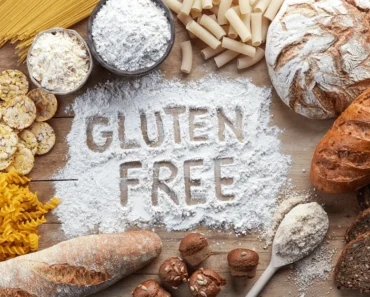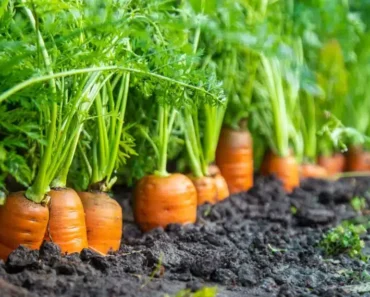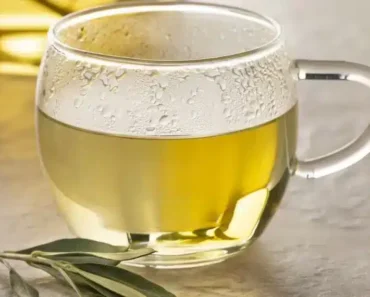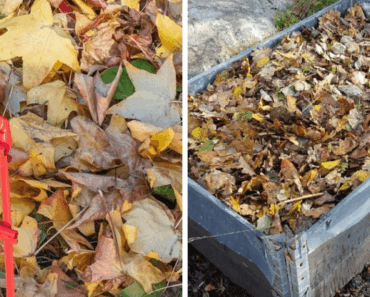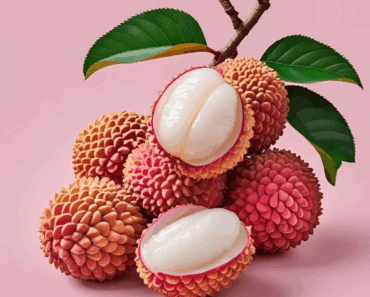Weight loss is more than just calories in vs. calories out—it’s about nourishing your body, choosing foods that satisfy, and building habits you can sustain. All foods can fit within a well-balanced lifestyle, but some options stand out for their ability to keep you full, energized, and on track with your goals. In this comprehensive guide, we’ll break down six weight loss foods, dig into the science of how they work, and offer practical strategies for making them part of your routine.
1. Eggs
Why eggs are a weight loss superstar:
Eggs are packed with high-quality protein and healthy fats, making them a highly satiating food. Research shows that starting the day with eggs can boost feelings of fullness and help control calorie intake for hours afterward. In comparison to high-carb breakfasts, eggs keep you full longer and minimize blood sugar fluctuations123.
How eggs help you lose weight:
-
Protein power: A typical large egg has 6–7g of complete protein. Protein increases satiety hormones and preserves lean muscle during weight loss.
-
Metabolic advantage: Digesting protein uses more energy than fats or carbs, slightly boosting your metabolism.
-
Versatility: Boiled, scrambled, in omelets, or on toast, eggs are easy to incorporate into meals and snacks.
Practical tip:
Try making a batch of hard-boiled eggs for on-the-go breakfasts or snacks. If cholesterol is a concern, incorporate more egg whites, but dozens of studies show that dietary cholesterol from eggs doesn’t significantly impact most people’s blood cholesterol.
2. Leafy Greens
Why leafy greens work:
Greens like spinach, kale, and collard greens are fiber-rich, low in calories, and filled with water, vitamins, and minerals. High fiber and water content adds volume to meals, providing satisfaction for few calories (what scientists call “low energy density”)123.
How leafy greens help with weight loss:
-
Fiber for fullness: Fiber absorbs water and expands in your gut, releasing hormones that help you feel full.
-
Nutrient-dense: Packed with antioxidants, vitamin C, and magnesium—nutrients often lacking on calorie-restricted diets.
-
Versatile: Salad, stir-fry ingredient, wrap substitute, smoothie booster—the options are endless.
Practical tip:
Add a handful of greens to your breakfast omelet or smoothie, fill half your lunch plate with a colorful salad, or swap tortillas for large lettuce leaves.
3. Fish
Why fish makes the list:
Fish, particularly fatty fish like salmon, sardines, and mackerel, are among the best protein sources for weight loss. They supply high-quality protein and long-chain omega-3 fats linked to improved metabolism and reduced inflammation123.
How fish supports healthy weight:
-
High protein, low calorie: More filling per calorie than many other proteins.
-
Omega-3s: Help regulate hormones that control appetite and fat storage.
-
Iodine: Essential for thyroid function and metabolism, seafood is one of the best natural sources.
Practical tip:
Aim for at least 1–2 servings of fish per week; grill, bake, or broil rather than frying. For those not fond of strong fish flavors, start with milder white fish like cod or tilapia.
4. Cruciferous Vegetables
Why choose cruciferous veggies:
Vegetables in the broccoli family (broccoli, cauliflower, cabbage, Brussels sprouts) are filling, fiber-rich, and provide plant compounds called phytonutrients. They’re also relatively high in protein for a vegetable, making them a “double win” for weight management1243.
How they facilitate weight loss:
-
Volume and satisfaction: These vegetables add bulk to meals and promote fullness on fewer calories.
-
Slow carbs: The fiber helps keep energy stable, avoiding crashes that trigger overeating.
-
Cancer-fighting bonus: Cruciferous veggies contain sulforaphane, shown to support overall wellness.
Practical tip:
Roast cauliflower florets, steam broccoli, or stir-fry cabbage for a hearty, fiber-boosted side dish. Add these veggies to soups, salads, casseroles, or even smoothies.
5. Beans and Legumes
Why beans are ideal:
Beans, lentils, chickpeas, and peas are affordable, shelf-stable, and remarkably filling. Loaded with fiber, protein, and slow-digesting carbohydrates, they help curb hunger while supporting steady blood sugar123.
How beans help you lose weight:
-
Satiety heroes: The unique combination of protein and fiber keeps you satisfied longer than many refined carbs.
-
Digestive health: Fiber feeds beneficial gut bacteria, supporting digestion and immune function.
-
Low fat: Most beans are naturally low in fat and calories per serving, ideal for calorie control.
Practical tip:
Add black beans to salads, lentils to soups, or chickpeas to curries. Swap half the meat in tacos or burgers for beans to boost fiber and reduce calories.
6. Whole Grains
Why whole grains matter:
Oats, quinoa, brown rice, barley, and other whole grains are packed with fiber, vitamins, and minerals. Swapping refined grains (like white bread or pasta) for whole versions helps increase fullness and cuts excess calories from snacks and meals513.
How whole grains support weight management:
-
High fiber: Slows digestion and helps stabilize blood sugar, decreasing the urge to snack on sweets.
-
Nutrient density: Whole grains offer B vitamins, magnesium, and iron, guarding against deficiencies on lower-calorie diets.
-
Satisfying texture: Chewy, hearty, and naturally more satiating than their refined counterparts.
Practical tip:
Start your day with oatmeal or overnight oats. Use brown rice, barley, or quinoa as the base of grain bowls or sides, and choose whole-wheat breads and pastas.
How to Incorporate These Foods into Your Weight Loss Plan
1. Prioritize Protein and Fiber
Combine animal and plant proteins at each meal to boost fullness and maintain muscle mass. Aim for at least one serving of protein and fiber-rich veggies or whole grains per meal.
2. Volume Eats: Go Big on Vegetables
Fill half your plate with non-starchy vegetables (greens, broccoli, cauliflower, peppers) to boost meal size without overloading on calories.
3. Hydrate and Mind Your Portions
Drinking water aids digestion and can reduce false hunger. Even healthy foods can add up if portions are too large—use smaller plates, measure servings, and avoid eating straight from large packages.
4. Flavor Without the Calories
Enhance dishes with herbs, spices, citrus, vinegar, and salsas instead of calorie-laden sauces or dressings.
5. Plan and Prep for Success
Prep meals and snacks using these weight-loss-friendly foods. Having them on hand reduces the temptation to reach for high-sugar, high-fat processed options.
Beyond the List: Other Weight-Loss-Friendly Foods
While these six foods offer a stellar foundation, variety is still your friend. Other excellent choices include:
-
Nuts and seeds (as snack-sized servings for satiety and healthy fats)13
-
Soup (especially broth or veggie-based for low-calorie bulk)8
-
Avocado (rich in fiber and healthy monounsaturated fats—just watch portions)43
Final Thoughts: Making Your Diet Work for You
Weight loss is a gradual process best supported by foods that promote fullness, energy, and overall health. The six foods above—eggs, leafy greens, fish, cruciferous veggies, beans, and whole grains—are proven allies that can transform both your plate and your progress. Remember to personalize your choices, mix things up, and enjoy the journey. Sustainable weight loss is not about restriction, but about discovering the nourishing, satisfying foods that work for your body and lifestyle123.
- https://www.healthline.com/nutrition/most-weight-loss-friendly-foods
- https://www.medicalnewstoday.com/articles/320613
- https://www.forbes.com/health/nutrition/foods-to-eat-to-lose-weight/
- https://www.aarp.org/health/healthy-living/weight-loss-foods/
- https://www.mayoclinic.org/healthy-lifestyle/weight-loss/in-depth/weight-loss/art-20044318
- https://www.webmd.com/diet/ss/slideshow-fat-fighting-foods
- https://www.health.com/food-to-eat-at-night-for-weight-loss-8700121
- https://www.webmd.com/obesity/features/9-foods-to-help-you-lose-weight
- https://www.eatingwell.com/fruits-to-eat-for-weight-loss-dietitian-approved-2025-11750012
- https://www.nhs.uk/better-health/lose-weight/healthy-eating-when-trying-to-lose-weight/
- https://www.mountsinai.org/health-library/special-topic/diet-for-rapid-weight-loss
- https://www.webmd.com/diet/ss/slideshow-food-combos-weight-loss
- https://www.nhs.uk/better-health/lose-weight/
- https://www.cdc.gov/healthy-weight-growth/healthy-eating/index.html
- https://www.health.harvard.edu/topics/diet-and-weight-loss
- https://pmc.ncbi.nlm.nih.gov/articles/PMC10918523/

